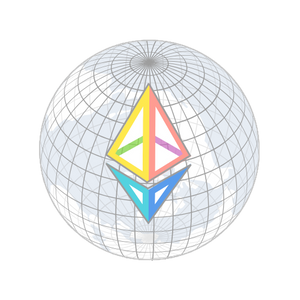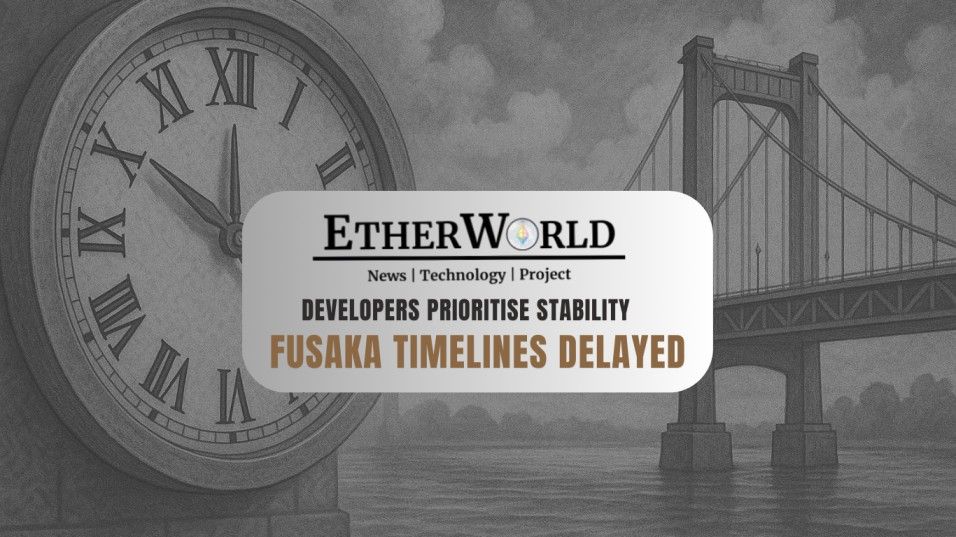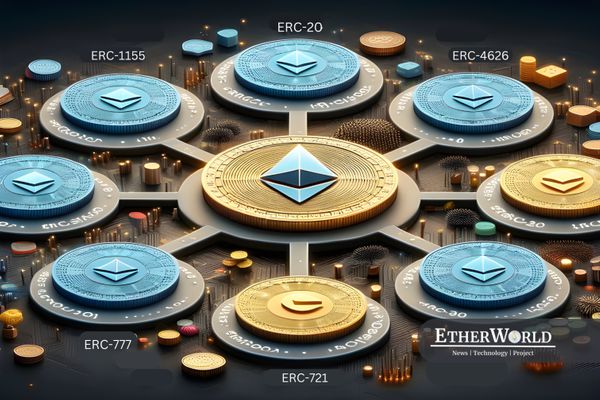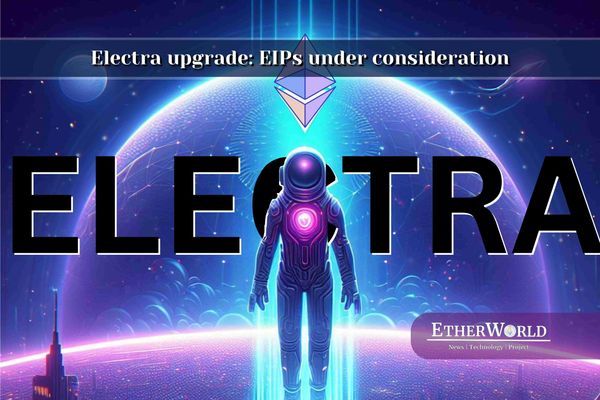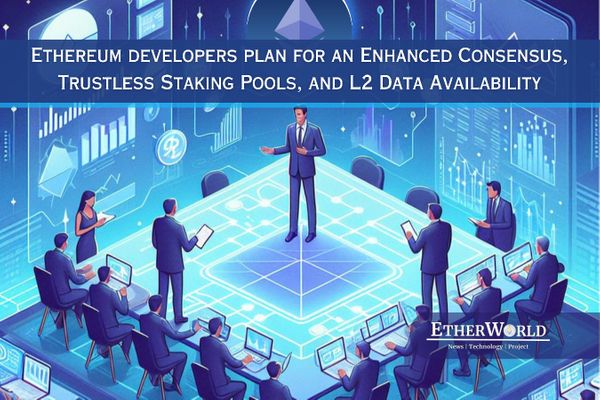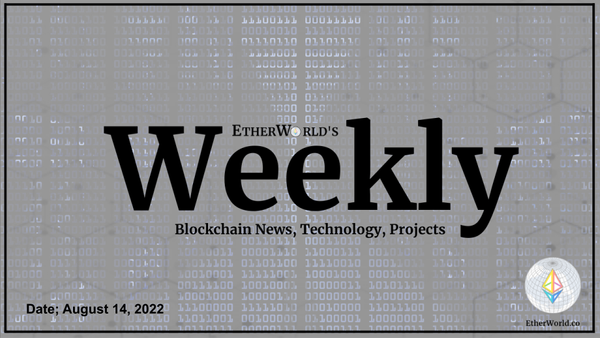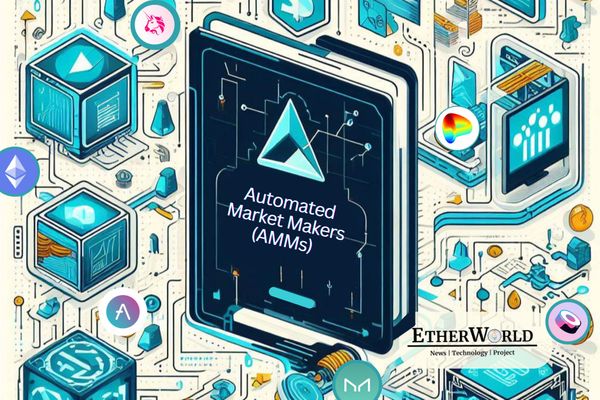Ethereum’s Fusaka upgrade has seen a shift in timelines after core developers agreed to delay all public testnet and client release dates until Devnet-5 is complete and stable. The decision, made during ACDE Call #218, underscores the importance of fixing existing issues, finalising tests, and merging stable code before setting firm launch dates.
Original Timeline Proposal
Ethereum researcher Alex Stokes initially proposed an ambitious three-step rollout for the Fusaka upgrade:
- Sepolia and Holesky client releases on 8 September 2025,
- a Holesky fork activation on 15 September, and
- a Sepolia fork activation on 29 September.
The plan aimed to align with progress on key features such as Enshrined Proposer-Builder Separation (EIP-7732) and Block-Level Access Lists (EIP-7928), while maintaining steady development momentum.
Reasons for the Delay
Several development teams raised concerns that made sticking to the original schedule risky. Devnet-4 was still unstable, with bugs in both execution and consensus clients, peer discovery issues, and blob-fee calculation errors.
Static test suites for fork-parameter calculations were not yet complete, and many clients were still running on feature branches rather than stable mainline code. These factors collectively posed a threat to the stability and reliability of the public testnet launches.
Revised Approach to Timeline Setting
The new approach defers all timeline commitments until Devnet-5 has been launched and finalised without major issues. Devnet-5 will incorporate fixes from Devnet-4, pass updated static tests, and include improved minority-client representation to reflect realistic mainnet diversity.
Only after Devnet-5’s success will firm dates be set for public testnet forks and client releases. Additionally, all code must be merged into main branches before scheduling, removing dependencies on unstable feature branches.
Conclusion
While the delay may push back the Fusaka upgrade’s public testnet rollout, it reflects a strategic choice to prioritise stability over speed. By ensuring Devnet-5 is clean, stable, and fully tested before proceeding, Ethereum’s developers aim to safeguard the upgrade process, reduce risk, and set the stage for a smooth transition to mainnet without costly rollbacks or unexpected disruptions.If you find any issues in this blog or notice any missing information, please feel free to reach out at yash@etherworld.co for clarifications or updates.
Related Articles
Disclaimer: The information contained in this website is for general informational purposes only. The content provided on this website, including articles, blog posts, opinions, & analysis related to blockchain technology & cryptocurrencies, is not intended as financial or investment advice. The website & its content should not be relied upon for making financial decisions. Read full disclaimer & privacy policy.
For Press Releases, project updates & guest posts publishing with us, email contact@etherworld.co.
Subscribe to EtherWorld YouTube channel for ELI5 content.
Share if you like the content. Donate at avarch.eth.
You've something to share with the blockchain community, join us on Discord!
